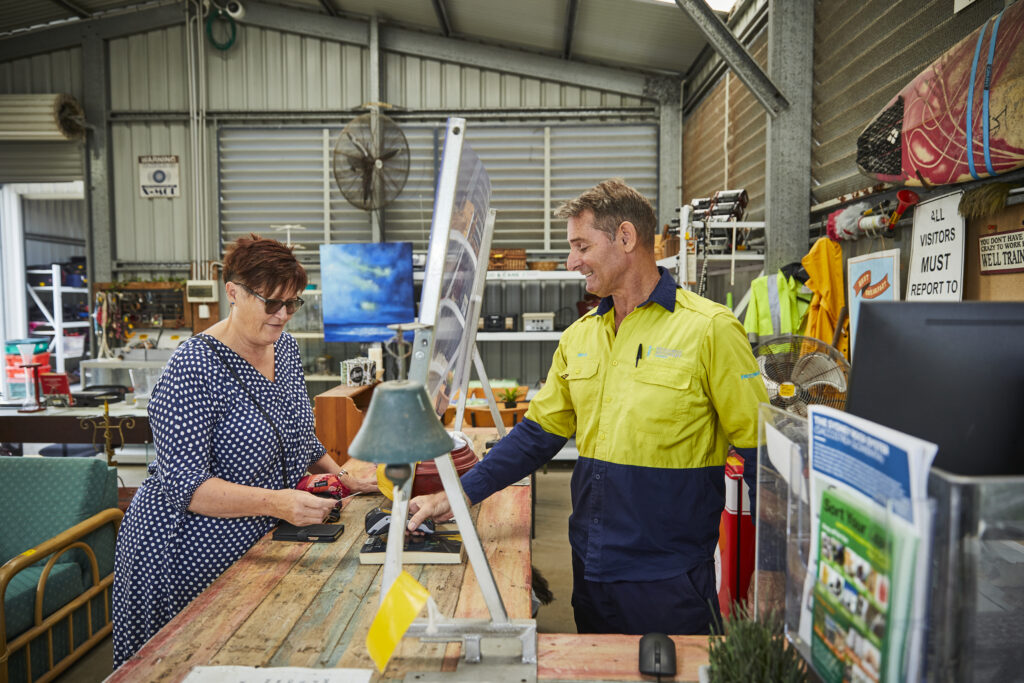Australia faces a critical challenge: can we move beyond our linear business-as-usual approach to truly embrace a circular economy? Gayle Sloan, CEO of the Waste Management and Resource Recovery Association of Australia (WMRR), highlights that while Australians are concerned about the environment, our materialistic lifestyle drives waste generation. Since 2005, Australia’s waste per capita has surged, underscoring the need for a national conversation on consumption.
Sloan argues that the key to achieving our 2030 waste reduction targets lies in addressing the root cause—consumption. Despite commitments to reduce waste by 10% per capita by 2030, waste generation has only increased, revealing a disconnect between consumption habits and waste management. This highlights the need for Australia to link consumption with environmental impacts like carbon emissions and biodiversity loss, as other nations are beginning to do.
A study by Monash University found that over half of Australian shoppers consider sustainability crucial in their purchasing decisions. However, without the necessary infrastructure and policies, such as a ‘right to repair,’ these intentions often fall short. Sloan calls for stronger collaboration between government and business to make sustainable choices easier and more accessible.
One way individuals can contribute to this shift is by making second-hand purchasing decisions at places like Reviva Reuse Shops or Op Shops. These choices not only extend the life cycle of products but also reduce the demand for new resources, making them a vital part of a sustainable future.
As we continue to grapple with the cost-of-living crisis, now is the perfect time to challenge our consumption patterns. By shifting our focus towards avoidance and sustainable consumption, we can create lasting change that benefits both the environment and the economy.
This summary is based on the article “Controlling Consumption Key to Reducing Waste Streams” by Gayle Sloan, published in Inside Waste.

